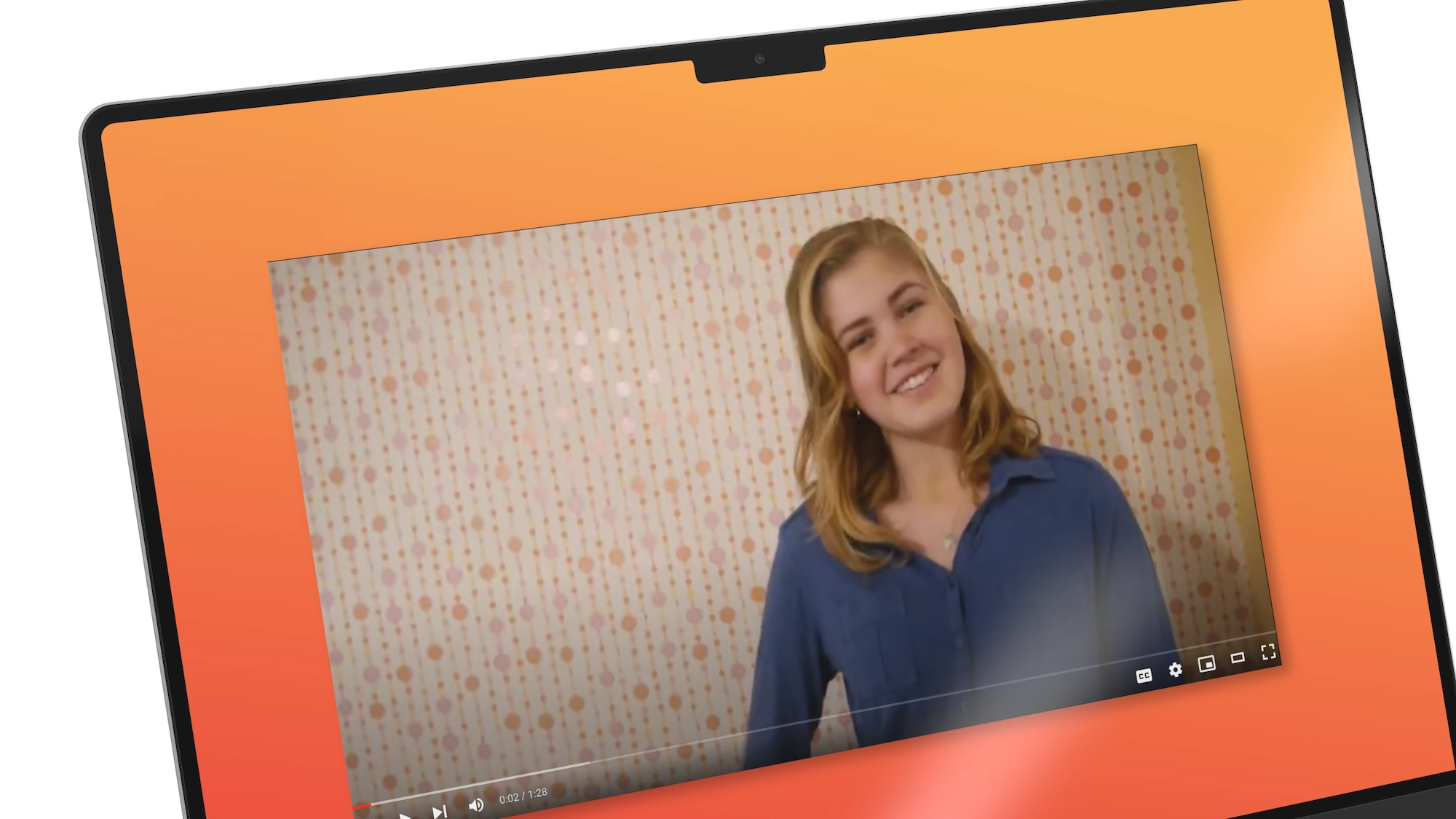7 ideas, 4 weeks, 1 venture - Dotbot

Dotbot creates a time and cost-efficient solution, making tactile diagrams accessible for blind students. We use our proprietary smart OCR technology to convert any text from the input image into braille. Our device then creates the tactile shape or diagram using our US patent-pending method. A perfect tactile diagram is produced in a matter of seconds. What makes Dotbot special is our groundbreaking price point, which drastically increases affordability and accessibility. We see the problem from a new perspective, and hence are able to use existing technology in a new way, allowing us to achieve disruptive results.At our core, our aim is to allow visually impaired and blind people to have the same access to information as sighted people. There are over 70,000 blind students in the US public high school system alone. Only 14% go on to college. The primary reason for this low number is a lack of available resources, such as graphs that the professor draws. A member of the Chicago Lighthouse for the blind said, “[Dotbot] put[s] blind people on the same playing field as sighted people”

Growing as a Company
As a company one of our proudest moments was the first reactions and excitement of our initial testers. They were amazed by the speed and accuracy of our prototype, which was rivaled only by our price point. Dotbot’s product will be around $600, significantly more cost accessible than our competitors selling similar products for $3000-$4000.To prove the reliability of our product, we met with senior staff at Chicago Lighthouse for the Blind. The Assistive Technology Manager at Chicago Lighthouse for the Blind said, “That proof of concept is bloody damn good.” We were also offered the possibility of testing our offering with Lighthouse for the blind who supply VI tech to 186 school districts in Illinois alone!Another proud moment for us was when our live demo worked on demo day allowing us to give Laurie and the LaunchX team a tactile version of the LaunchX rocket, which was created live whilst we were presenting.
Redefining Success
The conventional definition of failure is the inability to achieve the intended goal, and success being the binary opposite. Following this rationale, success is achieved upon the completion of the initially intended goal. If Dotbot were to go by this definition, we would almost always “fail.” In most of my personal projects, as well as at Launch X, I have found that what I come out with is nothing like what I thought of at the beginning.There is a simple, one-word explanation for this— iteration. Whether you take the mathematical definition or the noun, they both lead to the same thing: constantly refining your solution as a “means of obtaining successively closer approximations to the solution of a problem.” Being able to embrace the mindset of constant change is especially important when trying to solve a real problem with a real, customer-centric solution.Personally, failure is neither demotivating nor something I shy away from. Rather I try and embrace failure, I let it give me the motivation to overcome it. Every time I go through this process, I learn something new, whether it’s technical fundamentals or how to pitch an idea. I see the process itself as a success because, for me, success is achieved if I learn or experience something new.I could not ask for a better team, especially when it comes to giving me a different perspective on the problem that we are solving and the way we are doing it. If not for the team, I don’t think we would have landed on this venture in the first place, and if by chance I did, I don’t think that any other combination of people and experiences would have thought of such an innovative method of looking at the problem. This goes to show the importance of your teammates in your entrepreneurial endeavors.

Learning from Mistakes
Dotbot definitely wasn’t the first venture idea that we worked on in the four weeks at Launch X. Actually, it’s the 7th! What differentiates Dotbot is that it was the first one all four of us (Michelle, Micheal, Surya and I) were truly passionate about. We all had different long and short term objectives for the different ideas we came up with, and at times we felt like at least one of us would need to make sacrifices. Even though we continually bounced ideas off each other, got input from others, and reached out for primary market research, we kept looking for THE IDEA, only to repeat the process again.I think this was the experience that taught us so much and led us to come up with Dotbot and its mission. At the start of the four weeks, we were planning to help the elderly gain technical literacy. We then moved on to a smart parking IoT device, only to move on to a platform for selling reward cards, then on to a modular power extension cable. After fierce trial and error, we finally found the industry that excited all of us on the team: visually impaired technology. From an optical character recognition to braille live time translator, to a mobile braille embosser, we were fascinated. That’s what guided us to the problem Dotbot is solving: the high costs of creating tactile diagrams and graphs.You can know more about Dotbot on www.dotbot.tech and you can follow us on LinkedIn and Instagram. If you would like to get in touch with us, please email us on dotbot.tech@gmail.com.





